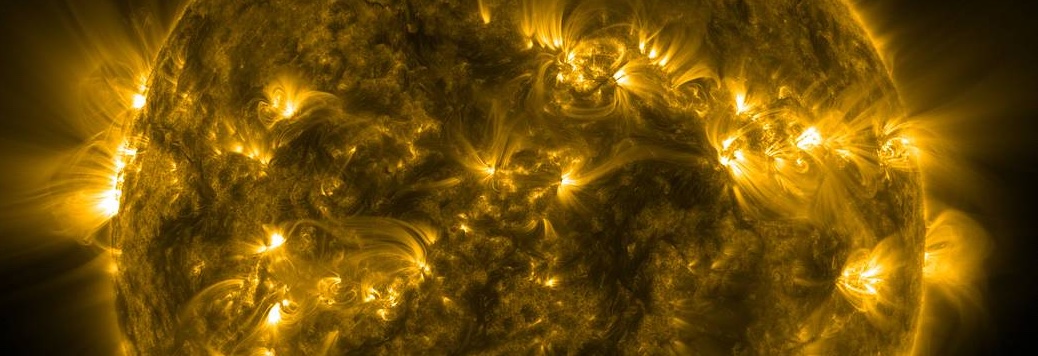
Solar Active Region Spotter
Help us match up active regions over several solar rotations!
- Ongoing
More Information
Scientists need your help tracking active regions on the Sun! Join the new NASA-funded “Active Region Spotters” project on the Zooniverse platform, led by Dr. Emily Mason from Predictive Science Inc. Supported by a NASA Citizen Science Seed Funding grant, you’ll help us collectively identify long-lived active regions in nearly a decade’s worth of magnetic and extreme ultraviolet (EUV) imagery from the Solar Dynamics Observatory. You’ll see a set of images of a pair of active regions, and answer 3 simple questions to determine whether the pair is likely to be the same region.
Active regions are large concentrations of magnetic field on the Sun; they appear as extensive and strong patches in magnetic field maps, and as regions of high emission in the EUV. These regions are tracked and numbered by the National Oceanic and Atmospheric Administration (NOAA). Since we lack far-side observations of the Sun, active regions disappear from view as the Sun rotates, and if they return they are given a new number instead.
“This re-numbering presents a challenge for researchers, who have to expend a lot of effort determining the identity of each active region for long-term studies,” said Mason. “You can help us build a widely-shared database of linked NOAA numbers, enabling new discoveries through crowdsourcing and data sharing.” Mason is also leading a study of coronal heating in long-lived active regions as part of this project.
Active regions are home to many dramatic phenomena, such as solar flares (eruptions of plasma) and coronal mass ejections (eruptions of plasma and magnetic field), which can have effects on the Earth and other planets. They are also a source of interest for studying coronal heating, the mechanism or mechanisms that power the counterintuitively super-heated solar atmosphere.
Ticket Required: No
Minimum Age: 13
Languages: English
